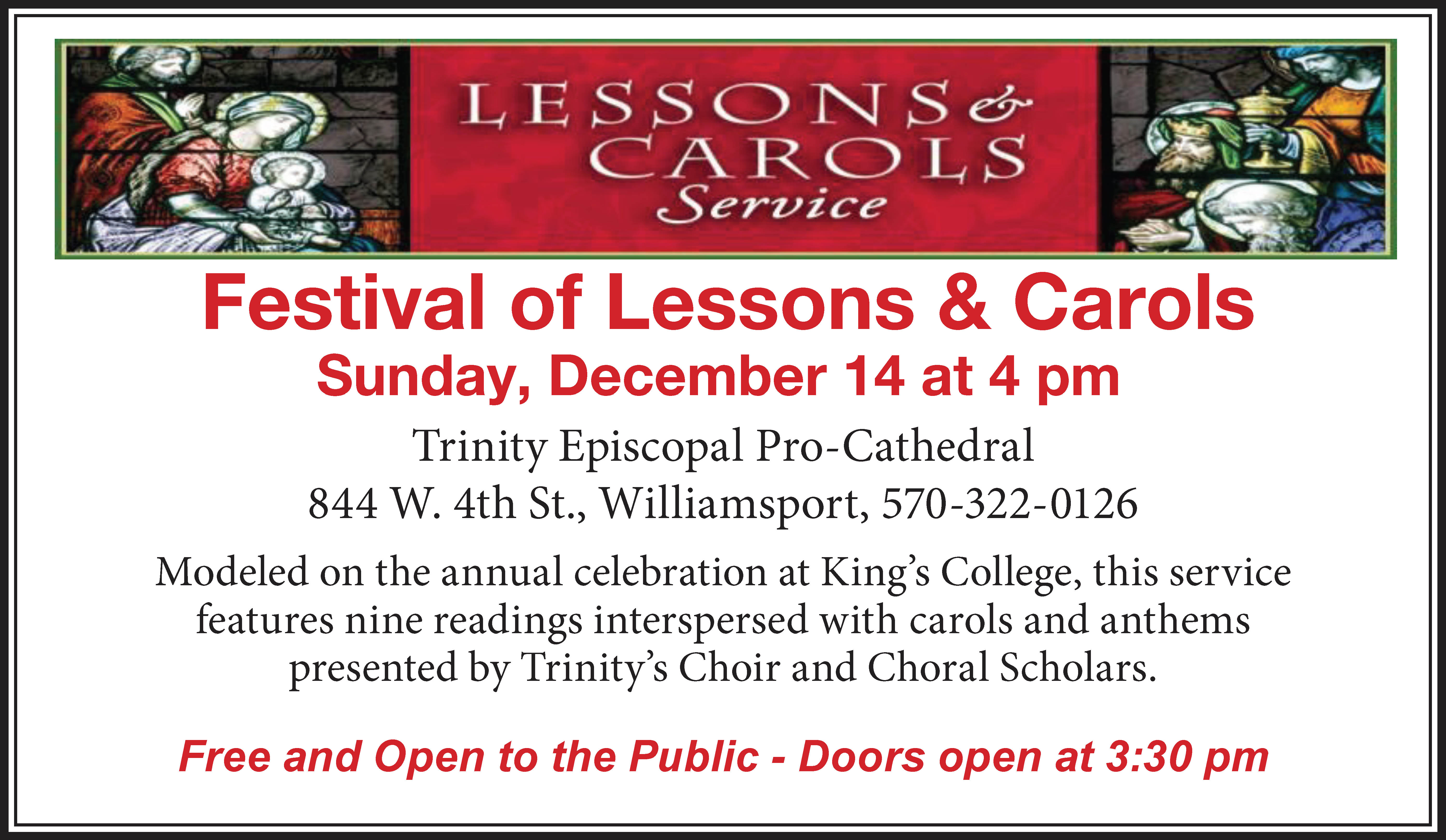I’m sure it comes as no surprise that my work as a wildlife artist often has me gawking at all kinds of wildlife every time I head out the door.
Of course, almost everybody enjoys seeing different kinds of wildlife, and It’s not unusual if someone spots a bear, fisher, bobcat, or bald eagle that the encounter is brought up over coffee with the gang the next morning.
Other than the bald eagle, it seems that most people, except for a few serious bird watchers, don’t seem to pay much attention to our birdlife. Sure, the birds coming into our feeders get some attention at times, but larger birds, like wading shorebirds and hawks, often go unnoticed.
I am quick to identify a few of our more common hawks, but often, I’m not sure what species it is that I see perched on a tree limb. More recently, I found myself pouring through bird identification books and field guides, however, when I was asked to paint the cover for the upcoming June issue of Pennsylvania Game News — a Northern Harrier.
It’s not unusual to spot a Red-tailed Hawk nailing its prey up on the bank as you head down a four-lane highway nor to see an American Kestrel, a jay-sized falcon, perched on a wire as you drive into town. However, I must admit that I have only spotted a few Northern Harriers over the years. Of course, you have to know where to look and what to look for if you hope to add a Northern Harrier to your bird list.
Northern Harriers, which are also known as marsh hawks, have long wings with a wingspan of 38-48 inches, a long tail, and curious owl-like facial disks. It also has a conspicuous white rump patch that is often easily visible in flight. Females and immature males are largely a rusty brown above, while adult males are more grayish above and whitish below.
Unlike a lot of other hawks, Northern Harriers seldom perch while waiting to capture prey, but instead, they tend to glide close to the ground with their wings held in a shallow V pattern.
The Northern Harrier is not a “woodsy” bird but rather prefers more open country and is more often found gliding over fields, marshy meadows, and open wetlands.
Harriers are believed to have a keener sense of hearing than other hawks due to their disk-shaped faces, which are similar to owls. The Northern Harrier’s main food source is rodents, small birds, voles, rabbits, insects, lizards, and frogs. The voice of the Northern Harrier is a series of short, high-pitched squeals or whistles.
The Northern Harrier is not just a summertime visitor; instead, it can be found here year-round.
Unlike other hawks, the harrier nests on the ground or adjacent to a low meadow or marshy area using shrubs or tall weedy growths for concealment.
It may take a while to find a Northern Harrier in the wild, but if you want to get a look at one or a lot of other different birds, head over to the Montour Preserve Visitors Center, where they have mounts of many different birds, including eagles.



